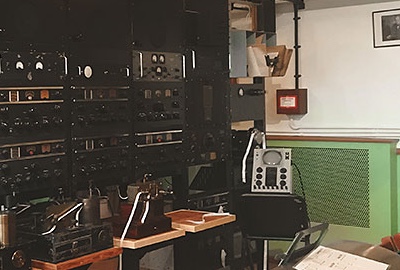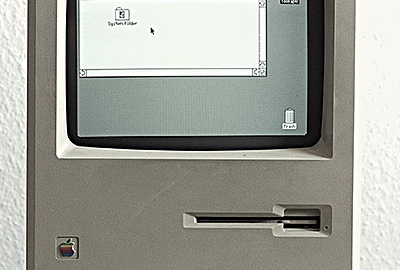
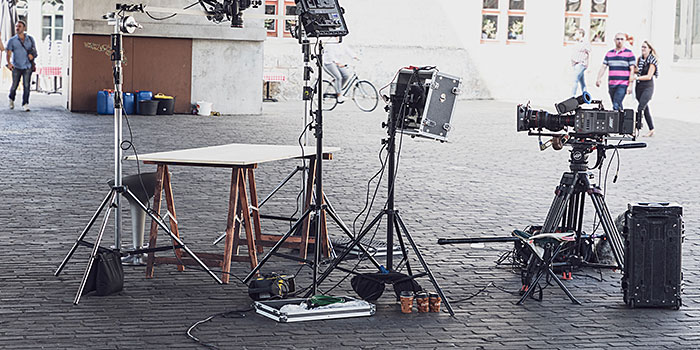
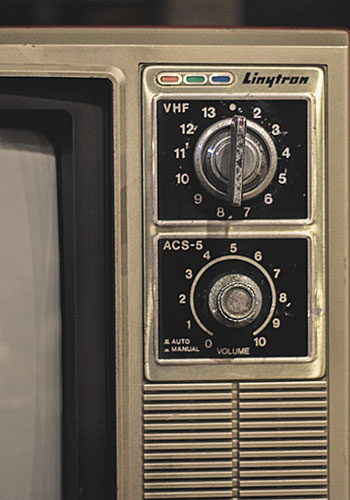
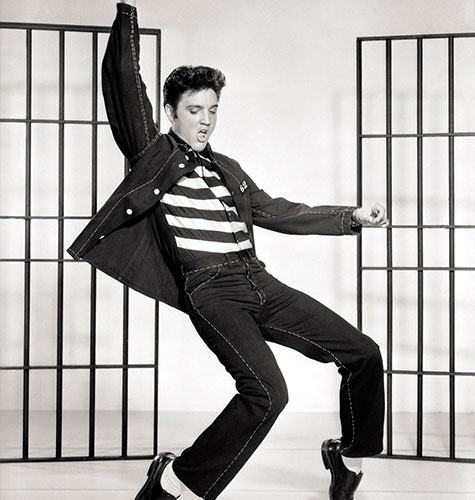
History of the First TV Shows
- ArticlesandContent.com (CIRCA 2005)
- /
- Oct 8, 2021 (written 2005)
Television revolutionized American life, allowing a new form of visual entertainment that would gradually grow to reach the masses.
The history of TV broadcasting begins earlier than many people might expect, and has only grown over the years. From the beginning of the history of TVs, it has been clear that this form of electronic media would revolutionize the world, just as radio did before it. From the history of the first TVs to modern flat screens, with the invention of this new visual media, our world would never be the same. News, entertainment and more have all been revolutionized by the history of TVs.
History of TVs
The invention of mechanical television occurred roughly simultaneously in the United States and Britain, making the history of the first TVs something of a group effort. Some sources attribute the invention to the Scottish inventor John Logie Baird. He is remembered as being an inventor of mechanical television. Later, during W.W.II, Baird developed the first color picture tube. In the United States, Charles Francis Jenkins did for North America what John Logie Baird did for Britain in terms of the history of TVs. Jenkins invented a mechanical television system that he called radiovision and later claimed to have transmitted the earliest moving silhouette images on June 14, 1923.
In the overall history of TVs, the invention of the electronic television is perhaps more important than early experiments with mechanical television. The television required a cathode ray tube, which is a specialized vacuum tube in which images are produced when an electron beam strikes a phosphorescent surface. Philo Farnsworth, who first conceived his plans for television as a teen, developed the dissector tube, the basis of all current electronic televisions in Utah, and filed for a patent on his invention in 1927.The cathode ray tube was invented by Russian inventor, Vladimir Zworykin in 1929. This device was a critical part of the television in every American home up until very recently. He called the tube a kinescope.
The history of the first TVs, like many other inventions, can not be attributed to a single inventor. Many great minds worked to achieve the end result that now sits in each of our homes, bringing news and entertainment around the world.
The History of TV Broadcasting
While there were a number of early test broadcasts, and then brief weather and farm broadcasts, NBC or the National Broadcasting Corporation was the first television network. NBC was closely tied to their parent company, RCA, the Radio Corporation of America. NBC began its first regular broadcasts with the inaugural ceremonies of the 1939 World’s Fair. Broadcasting continued; however, these early years are still considered experimental, and many programs are not recorded.
July 1, 1941 marks a major date in the history of TVs. This is considered the first official day in the history of TV broadcasting. The Federal Communications Commission activated official call letters for two television networks, WNBT and WCBW, and the first commercial, non-experimental, television broadcasts began. This first day of official television broadcasts included a baseball game, a quiz show and news broadcasts.
By 1948, some one million American homes had televisions. The true history of TV broadcasting as a major phenomenon begins in the 1950’s. Many shows from the 50’s continue to air as reruns today, making this one of the most important periods in the history of TVs.
Early TV shows
One cannot discuss the history of TVs or the history of TV broadcasting without discussing some of the first TV shows. Quiz shows, comedies, variety shows and westerns were all popular shows in the history of TV broadcasting. Color TV became available in 1954, bringing vivid color to previously black and white screens.
While shows like Bonanza, Leave it to Beaver and I Love Lucy all come to mind when we think of television in the 1950’s, the world was also changed by the availability of ongoing news coverage, shows like You Are There, and more. Variety shows allowed people to see the entertainers they had enjoyed on the radio. Soap operas, originally conceived for the radio, offered drama and product endorsements. Sitcoms of the 1950’s provided and created a fantasy world with perfect families that influence us even today.
By the 1950’s, the average American home had a television and the family spent much of their free time watching available programming. Much of the available programming was geared toward the whole family, and television networks aired programming from morning through prime-time.
Eyewitness news brought reality crashing into the Father Knows Best homes of the 1950’s. It was soon followed by coverage of the realities of war and more in the following decade. In the 1960’s, America saw the Vietnam War on television, saw the assassination of J.F.K, and more. Cable television, expansion of networks and a growing range of programming all changed the history of TV broadcasting.



